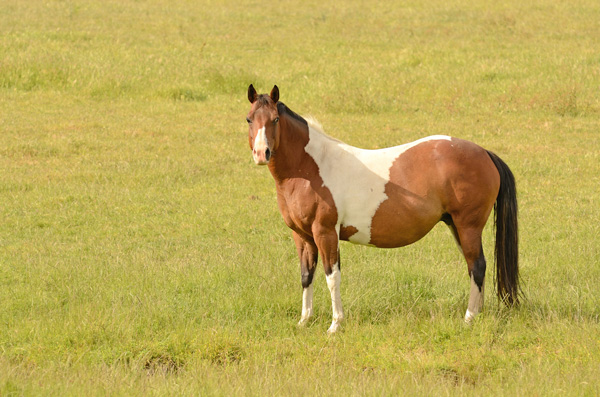
The following commentary is from Neil Williams, DVM, PhD, DACVP, of the University of Kentucky’s Diagnostic Laboratory and was first published in the Equine Disease Quarterly.
A concept that has received considerable focus of late is that of One Health. What exactly is One Health? It is the recognition that the health of humans, the health of animals (both domestic and wild), and the environment are all interconnected. The health of humans is affected by that of animals and the condition of the environment, and vice versa.
This concept brings physicians, veterinarians, ecologists and other scientists into a multidisciplinary collaboration to monitor diseases and the environment and to study the ways that diseases are transmitted and maintained in the environment. This concept is basically synonymous with the “One Medicine” and “One World” concepts.
While the term “One Health” has recently come into vogue, its importance has been recognized for many years, especially considering zoonotic diseases that can spread between animals and people.
Likewise, changes in the environment affect both humans and animals. This includes land and water use and food supplies. The global nature of commerce and the heightened movement of both humans and animals make a combined approach to health essential. The threat of emerging diseases and pandemics that could first manifest in animals means that collaboration among physicians, public and animal health workers, and environmentalists is of critical importance to quickly recognize cross-species risks and implement protective measures. Just as importantly, the potential health impact must be considered in a collaborative manner as conservation and biodiversity programs are implemented.
How does this concept impact horses and the people who interact with them?
Horses inhabit an environment that exposes them to people, other horses and domestic animals, wildlife, indoor conditions, and the outdoor environment with pasture, wooded areas and water sources. The better the job we do in health management and planning in each of these areas, the more positive the effect on the health of our horses. For example, the ecology of wildlife, including rodents, deer, skunks, and opossums, can place horses at risk for several diseases, including Lyme disease, equine protozoal encephalomyelitis, rabies, salmonellosis, and leptospirosis. Several of these diseases also pose a zoonotic risk to people.
One quickly can appreciate how environmental management can have a profound effect on the health of horses and consequently people, and how health personnel must be cognizant of these interactions.
Another example that brings the One Health concept into focus in this issue of the Quarterly is the Equine Encephalitis update. West Nile virus transmission involves the interaction of wild birds, mosquitoes, horses and humans. Bird deaths and encephalitis in horses can signal a risk of West Nile virus infection to people via mosquito vectors. Environmental control of mosquito populations can reduce the risk. The collaborative efforts of health officials in multiple disciplines are necessary to better control diseases of these types.
We must be forward thinking in our approach to health and realize that the subjects we specialize in are not within a vacuum and that an integrated One Health concept is needed to safeguard the health of horses.



